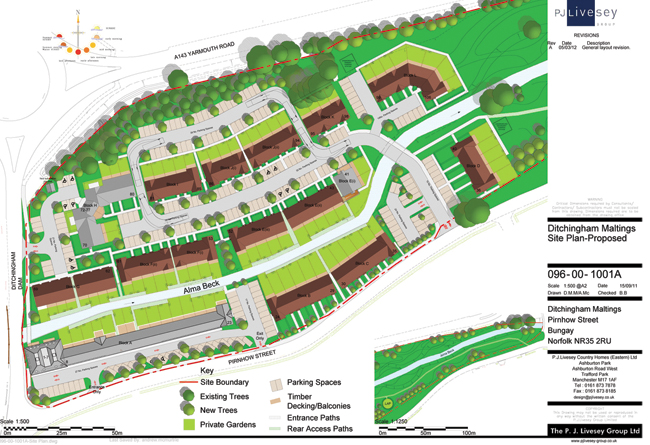Planning policies

All new developments within the Broads need to be carefully considered against our agreed policies.
Strong planning policies help ensure that development is controlled, well designed and carefully sited to be sensitive to the existing landscape while meeting the needs of local people and the local economy.
The Local Plan
The Broads Authority adopted the Local Plan for the Broads on 17 May 2019. The Local Plan is the baseline for making decisions on planning applications and other development matters. The Local Plan for the Broads replaces the Core Strategy, Development Management Document and the Sites Specifics Local Plan as well as the saved TSA2 policy from the 1997 Local Plan.
National Planning Policy
The National Planning Policy Framework was introduced in 2012 to set out planning policies for England and how they are expected to be applied. It has been amended and the latest version was published in December 2024.
Duty to Cooperate
The duty to cooperate was created in the Localism Act 2011, and amends the Planning and Compulsory Purchase Act 2004. It places a legal duty on Local Planning Authorities, County Councils in England and public bodies to engage constructively, actively and on an ongoing basis to maximise the effectiveness of Local and Marine Plan preparation in the context of strategic cross boundary matters.
The duty to cooperate is not a duty to agree, however, local planning authorities should make every effort to secure the necessary cooperation on strategic cross boundary matters before they submit their Local Plans for examination.
Local planning authorities must demonstrate how they have complied with the duty at the independent examination of their Local Plans. If a local planning authority cannot demonstrate that it has complied with the duty then the Local Plan will not be able to proceed further in examination.
The Localism Act states that relevant bodies must ‘…engage constructively, actively and on an ongoing basis…’. The Broads Authority meet this duty in the following ways (please note this list is not exhaustive but gives a flavour of the activity):
- Commission joint evidence base.
- Regular officer level meetings. For example, the Norfolk Strategic Planning Officers Group (attended by the Environment Agency), the Suffolk Planning Policy and Development Management Officers Group.
- Quarterly meetings with Great Yarmouth Borough Council and East Suffolk District Council.
- Quarterly meetings between Norfolk and Suffolk Authorities that have a border with each other.
- Production of the Norfolk Strategic Planning Framework/Statement of Common Ground.
- Quarterly Norfolk Duty to Cooperate Member Group meetings.
- A member from each of the Authority’s constituent districts sits on the Broads Authority Planning Committee.
- Individual meetings with Planning Policy Teams of the Authority’s constituent districts.
Landscape Character Assessment
The Landscape Character Assessment is a useful study of the Broads developed to aid decision-making that could affect its condition or visual quality. It is intended to promote management and changes that seek to conserve and enhance the area's natural beauty.
Other supporting documents
A range of supporting documents and evidence inform and supplement the Broads Local Plan. These include design guides, joint position statements with key stakeholders and the Flood Risk Supplementary Planning Document.

